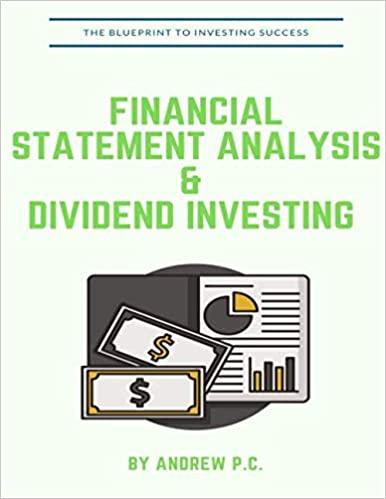Question
PRACTICAL PART Instructions 1. You are allowed to use only corrplot-R package. No other R packages are allowed to use. 2. Additionally, you are free
PRACTICAL PART Instructions 1. You are allowed to use only corrplot-R package. No other R packages are allowed to use. 2. Additionally, you are free to use any R package that facilitates creating tables. For exam- ple, you can use R package xtablefor creating tables for LaTeX and Sweave documents. Your data In your analysis, you are going to use the value-weighted returns on 12 Industry portfolios in the US. The table below presents the column names in the data set and the industry definitions.
Number Column name Industry 1 NoDur Consumer Nondurables 2 Durbl Consumer Durables 3 Manuf Manufacturing 4 Enrgy Oil, Gas, and Coal Extraction and Products 5 Chems Chemicals and Allied Products 6 BusEq Business Equipment 7 Telcm Telephone and Television Transmission 8 Utils Utilities 9 Shops Wholesale, Retail, and Some Services 10 Hlth Healthcare, Medical Equipment, and Drugs 11 Money Finance 12 Other Other industries Your tasks
Part 1: Get the data From the data library of Kenneth French, download the value-weighted returns on 12 Industry portfolios, as well as the returns on the market portfolio and the risk-free rate of return (the data on Fama/French 3 Factors).
The data are available for the period from July 1927 to December 2020. In your analysis, use the period from January 1985 to December 2020. Part 2: Risk-return analysis 1. Compute the following descriptive statistics for all industries: the mean returns, standard deviations, and Sharpe ratios. Report these descriptive statistics in a table. 2. Compute and plot the correlation matrix using function corrplot()from R corrplot package. 3. Make a graph where you plot the industries mean returns versus standard deviations. Use points for plotting and indicate the location of each industry in the plot. 4
Answer the following questions: a) Which industries have the highest and lowest average return? b) Which industries have the highest and lowest standard deviation? c) Which industries have the highest and lowest Sharpe ratios? Note: The Sharpe ratios are computed using the historical risk-free rate of return.
Step by Step Solution
There are 3 Steps involved in it
Step: 1

Get Instant Access to Expert-Tailored Solutions
See step-by-step solutions with expert insights and AI powered tools for academic success
Step: 2

Step: 3

Ace Your Homework with AI
Get the answers you need in no time with our AI-driven, step-by-step assistance
Get Started


